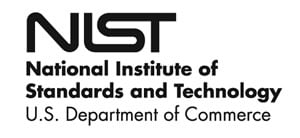RSS feed source: US Energy Information Administration
In-brief analysis
August 4, 2025
In our recently published Annual Energy Outlook 2025 (AEO2025), we introduced our new Hydrogen Market Module (HMM), which allows us to model the market for hydrogen in the coming decades.
In most AEO2025 cases, we project hydrogen production will increase by around 80% in 2050 compared with 2024 and most hydrogen (H2) will be produced from natural gas in a process known as steam methane reforming (SMR). In most cases, we project less than 1% of hydrogen will be produced via electrolyzers, which use electricity to produce hydrogen from water, regardless of supportive policies.
In most of the cases we ran, we considered laws and regulations in place as of December 2024, which meant including tax credits implemented under the 2022 Inflation Reduction Act (IRA), such as the Section 45V Clean Hydrogen
Click this link to continue reading the article on the source website.


